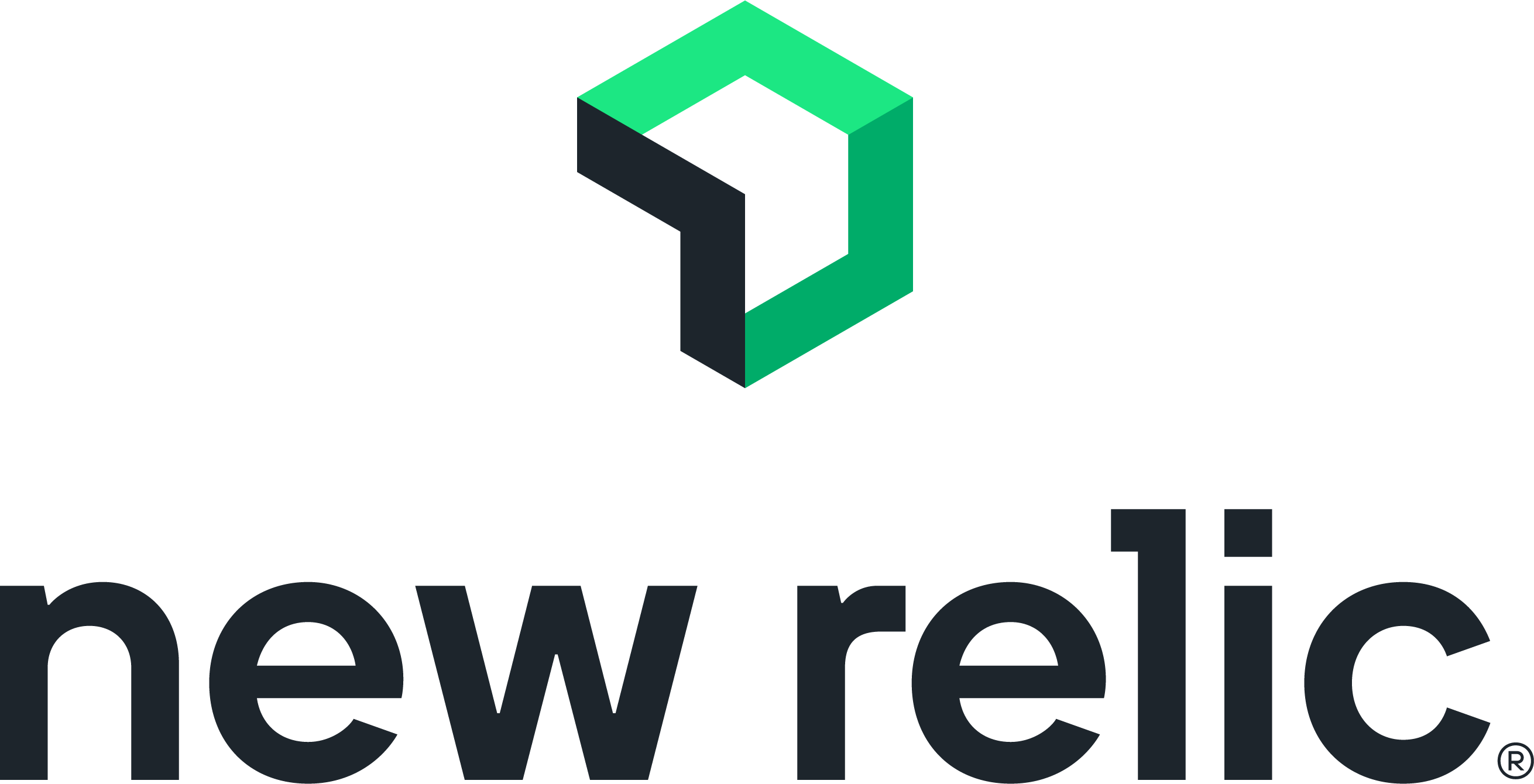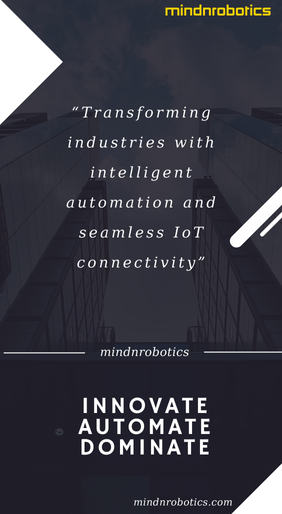New Relic, a leading provider of Intelligent Observability solutions, has released its latest “State of Observability for Media and Entertainment” report, highlighting the pivotal role of observability in advancing artificial intelligence (AI) adoption across the industry. Based on insights gathered from New Relic’s 2024 Observability Forecast, the report underscores how AI and observability intersect to enhance operational efficiencies and user experiences in digital media.

Key findings from the report indicate that 35% of surveyed media and entertainment professionals view observability as crucial for facilitating AI adoption within their organizations. This emphasis on AI is further reflected in the sector’s widespread use of AI monitoring capabilities, with 60% leveraging AI monitoring—the highest rate among all industries surveyed.
“Media and entertainment organizations rely on observability to ensure seamless content delivery and sustained viewer engagement,” explained Nic Benders, Chief Technical Strategist at New Relic. “They face the challenge of maintaining uptime and reliability amidst complex technological infrastructures. Our findings demonstrate a significant shift towards integrating AI into observability practices, enabling these organizations to achieve substantial returns on investment—up to 296% ROI reported.”
Simon Lee, Senior Vice President and Managing Director, Asia Pacific and Japan at New Relic, highlighted the Asia Pacific region’s burgeoning media landscape. “With a dynamic market for digital content, media companies in Asia Pacific are increasingly turning to comprehensive observability solutions,” Lee noted. “These solutions provide a unified view of their systems, ensuring uninterrupted user experiences—critical during peak demand periods.”
The report identifies AI and containerization as primary drivers shaping observability strategies within the media and entertainment sector. Alongside AI adoption, strategies such as security, multi-cloud migration, and IoT integration are pivotal in enhancing decision-making and operational resilience.
Regarding AI’s role in observability, respondents indicated strong interest in AI-assisted functionalities like automated runbook generation and predictive analytics. Media and entertainment companies lead in AI monitoring adoption, underlining their reliance on observability for speed, uptime assurance, and reliability.
However, the sector faces challenges in outage detection and response efficiency, with a median mean-time-to-detection (MTTD) of 56 minutes—higher than the industry average. This delay underscores the need for enhanced observability tools to mitigate downtime risks and preserve brand reputation.
In pursuit of operational excellence, media organizations are prioritizing integrated observability platforms that streamline telemetry data across IT operations. While progress towards full-stack observability remains gradual, industry leaders are focused on overcoming complexities in their tech stacks to achieve comprehensive visibility.
Looking ahead, the report suggests that consolidating observability tools into a single platform could optimize operational efficiencies and drive greater business value. Despite the intent to consolidate tools being lower in media and entertainment compared to other sectors, there is a growing recognition of the benefits of unified observability solutions.






